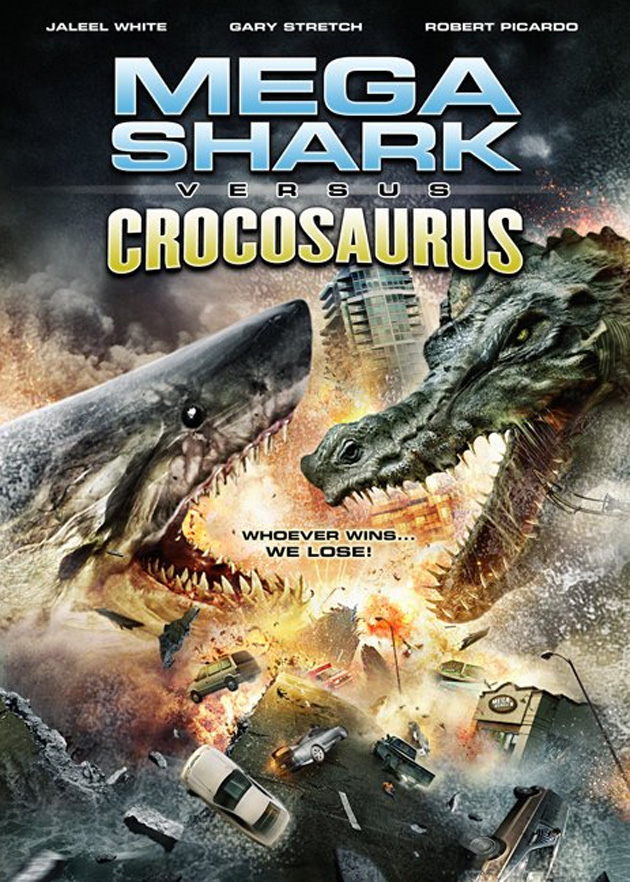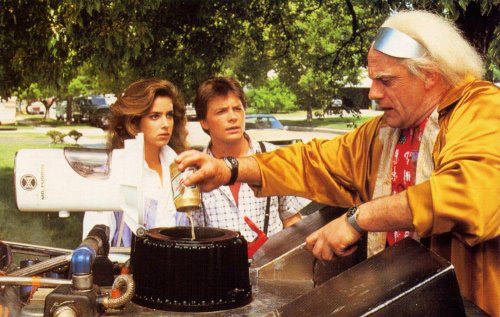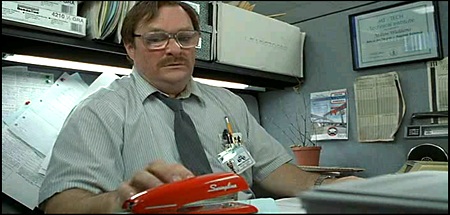 I assume you’re familiar with the Flying Dutchman, but have you ever heard the legend of the S.S. Ourang Medan?
I assume you’re familiar with the Flying Dutchman, but have you ever heard the legend of the S.S. Ourang Medan?
In June, 1947, supposedly a distress signal was received by two American vessels, from a Dutch cargo-ship.
A radio operator aboard the troubled vessel reported the deaths of the ship’s captain as well as all of its officers, and possibly the entire crew, before sending out further garbled messages and finally declaring himself in dying condition with the words “I die”. – wikipedia
Anywhere we find loneliness, or a long disconnect from humanity, we seem to attribute the supernatural, or the bizarre. Tales of ghost ships stretch through history, (there’s even a handy list on wikipedia,) but they aren’t the only sea-story in which the barrier between reality and folklore grows thin.
A Fata Morgana is an unusual and very complex form of mirage, [which] is seen in a narrow band right above the horizon. It is an Italian phrase derived from the vulgar Latin for “fairy” and the Arthurian sorcerer Morgan le Fay, from a belief that the mirage, often seen in the Strait of Messina, were fairy castles in the air or false land designed to lure sailors to their death created by her witchcraft. – wikipedia
 The legend of the Flying Dutchman may have originated with sailors observing the reflection of an actual ship on the horizon, as projected onto the sky. The Ourang Medan, on the other hand, existed at sea level.
The legend of the Flying Dutchman may have originated with sailors observing the reflection of an actual ship on the horizon, as projected onto the sky. The Ourang Medan, on the other hand, existed at sea level.
When the Silver Star crew located and boarded the apparently undamaged Ourang Medan in a rescue attempt, the ship was found littered with corpses (including the carcass of a dog) in what appeared to be terrified postures, with no survivors and no visible signs of injuries on the dead bodies. – wikipedia
In an odd way, these types of legends are a little like hearing a ghost transport truck story out of one of the Ice Road Truckers – actually, I suppose Pee Wee’s Big Adventure covered that exact angle.
[youtube=http://www.youtube.com/watch?v=8-Pdlxd_rro]
In the case of the Ourang Medan, however, the truth of the matter is tough to know: as the ship was purportedly being hauled to port, it exploded and sank. While some skeptics doubt the ship ever even existed, another possible theory has been put forth:
Bainton and others hypothesize that the Ourang Medan might have been involved in smuggling operations of chemical substances such as a combination of potassium cyanide and nitroglycerin or even wartime stocks of nerve agents. According to these theories, sea water would have entered the ship’s hold, reacting with the cargo to release toxic gases, which then caused the crew to succumb to asphyxia and/or poisoning. Later, the sea water would have reacted with the nitroglycerin, causing the reported fire and explosion. – wikipedia

 While doing some research, I came across a few odd facts regarding the Greenland Shark that I wanted to pass on. For example: no one is really sure of their exact lifespan, but wikipedia presents the general consensus:
While doing some research, I came across a few odd facts regarding the Greenland Shark that I wanted to pass on. For example: no one is really sure of their exact lifespan, but wikipedia presents the general consensus:
 There seems to be some growing fear regarding robots that eat flesh. “Robots that eat flesh?” some of you may be asking –
There seems to be some growing fear regarding robots that eat flesh. “Robots that eat flesh?” some of you may be asking –  People are put off by the notion that we might one day be feeding household pests to our Roombas, but consider that this is really just the first step towards a future in which we can toss a Big Mac into the back of our television in exchange for a month’s worth of Dancing With The Stars, at no additional electrical cost.
People are put off by the notion that we might one day be feeding household pests to our Roombas, but consider that this is really just the first step towards a future in which we can toss a Big Mac into the back of our television in exchange for a month’s worth of Dancing With The Stars, at no additional electrical cost.
 There’s a lot of hubbub right now about Watson conquering Jeopardy, and I wanted to step in to help put some of the fire out.
There’s a lot of hubbub right now about Watson conquering Jeopardy, and I wanted to step in to help put some of the fire out.

 This is a series of late 19th century, or early 20th century, ad cards, used as an example in
This is a series of late 19th century, or early 20th century, ad cards, used as an example in  You can’t swing a fourth-grader these days without being warned about peanut allergies in schools, and I wanted to share a brief thought on the situation.
You can’t swing a fourth-grader these days without being warned about peanut allergies in schools, and I wanted to share a brief thought on the situation. That factoid may seem unrelated to peanuts, but I mention it as an example – one of thousands – regarding how cheaply death came, even just 90 years ago.
That factoid may seem unrelated to peanuts, but I mention it as an example – one of thousands – regarding how cheaply death came, even just 90 years ago. I assume you’re familiar with the Flying Dutchman, but have you ever heard the legend of the S.S. Ourang Medan?
I assume you’re familiar with the Flying Dutchman, but have you ever heard the legend of the S.S. Ourang Medan? The legend of the Flying Dutchman may have originated with sailors observing the reflection of an actual ship on the horizon, as projected onto the sky. The Ourang Medan, on the other hand, existed at sea level.
The legend of the Flying Dutchman may have originated with sailors observing the reflection of an actual ship on the horizon, as projected onto the sky. The Ourang Medan, on the other hand, existed at sea level.
 From
From  Have you heard about the new Roman Catholic confessional iPhone application? It’s creating quite a stir.
Have you heard about the new Roman Catholic confessional iPhone application? It’s creating quite a stir.
 Sure, that may sound far fetched, but what if we tighten the noose a little? What if it’s “pay $200 to this anonymous paypal account, or I’ll inform your boss about what a fun time you had last Tuesday, while visiting with Ms. Schmackelheimer in the server closet?”
Sure, that may sound far fetched, but what if we tighten the noose a little? What if it’s “pay $200 to this anonymous paypal account, or I’ll inform your boss about what a fun time you had last Tuesday, while visiting with Ms. Schmackelheimer in the server closet?” Like many people with a recognizable surname, I sometimes get questions from people regarding a non-relative – in my case, B.F. Skinner.
Like many people with a recognizable surname, I sometimes get questions from people regarding a non-relative – in my case, B.F. Skinner. That’s right, the war could have been won with kamikaze pigeon pilots, if anyone had been able to take the idea seriously. Despite some apparent success in training and testing, the project was canned – but that wasn’t the only animal-weapon the military was dealing with at the time.
That’s right, the war could have been won with kamikaze pigeon pilots, if anyone had been able to take the idea seriously. Despite some apparent success in training and testing, the project was canned – but that wasn’t the only animal-weapon the military was dealing with at the time.
 The other day I heard an interesting tale regarding the island of Sardinia, which, frankly, had me thinking of
The other day I heard an interesting tale regarding the island of Sardinia, which, frankly, had me thinking of 